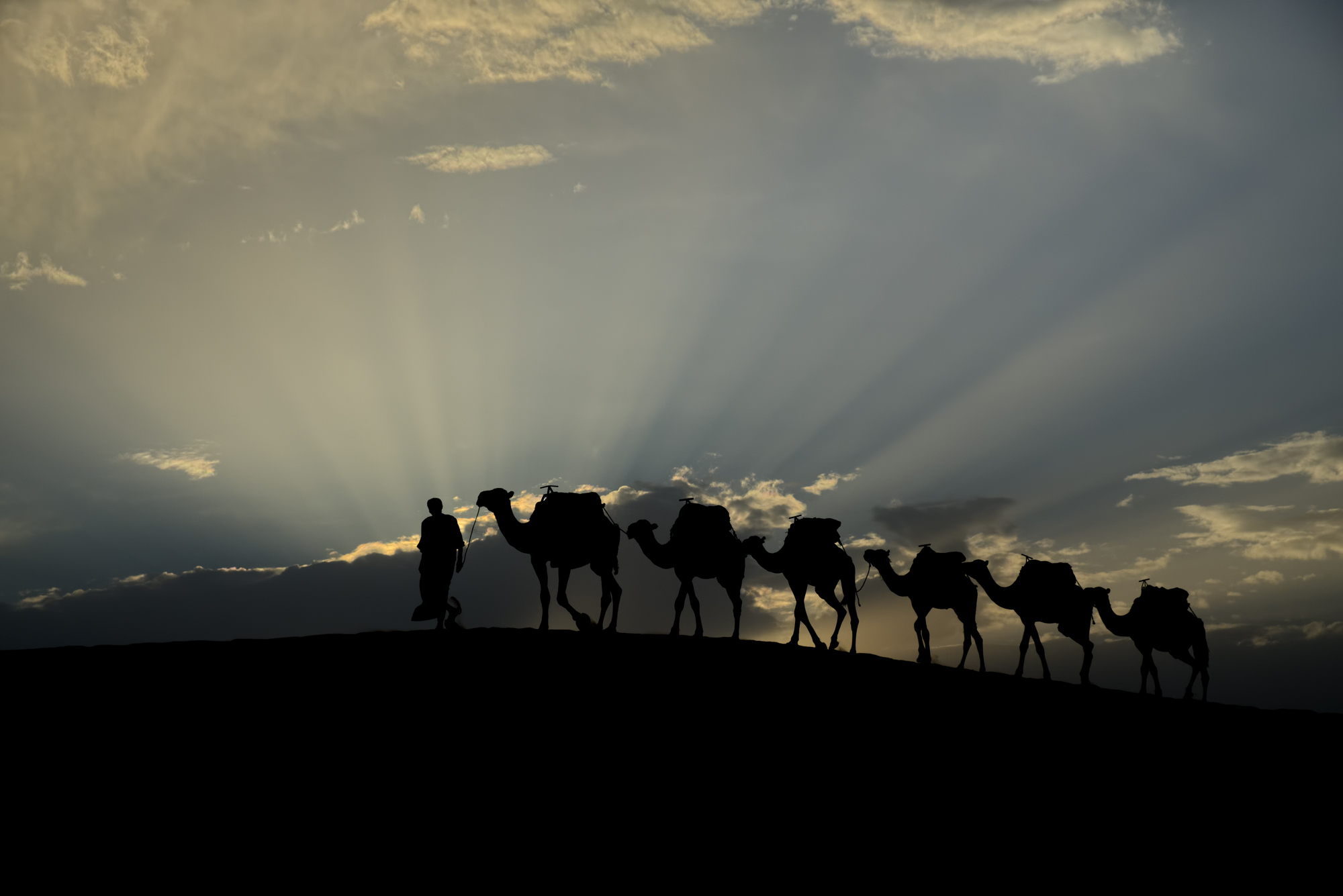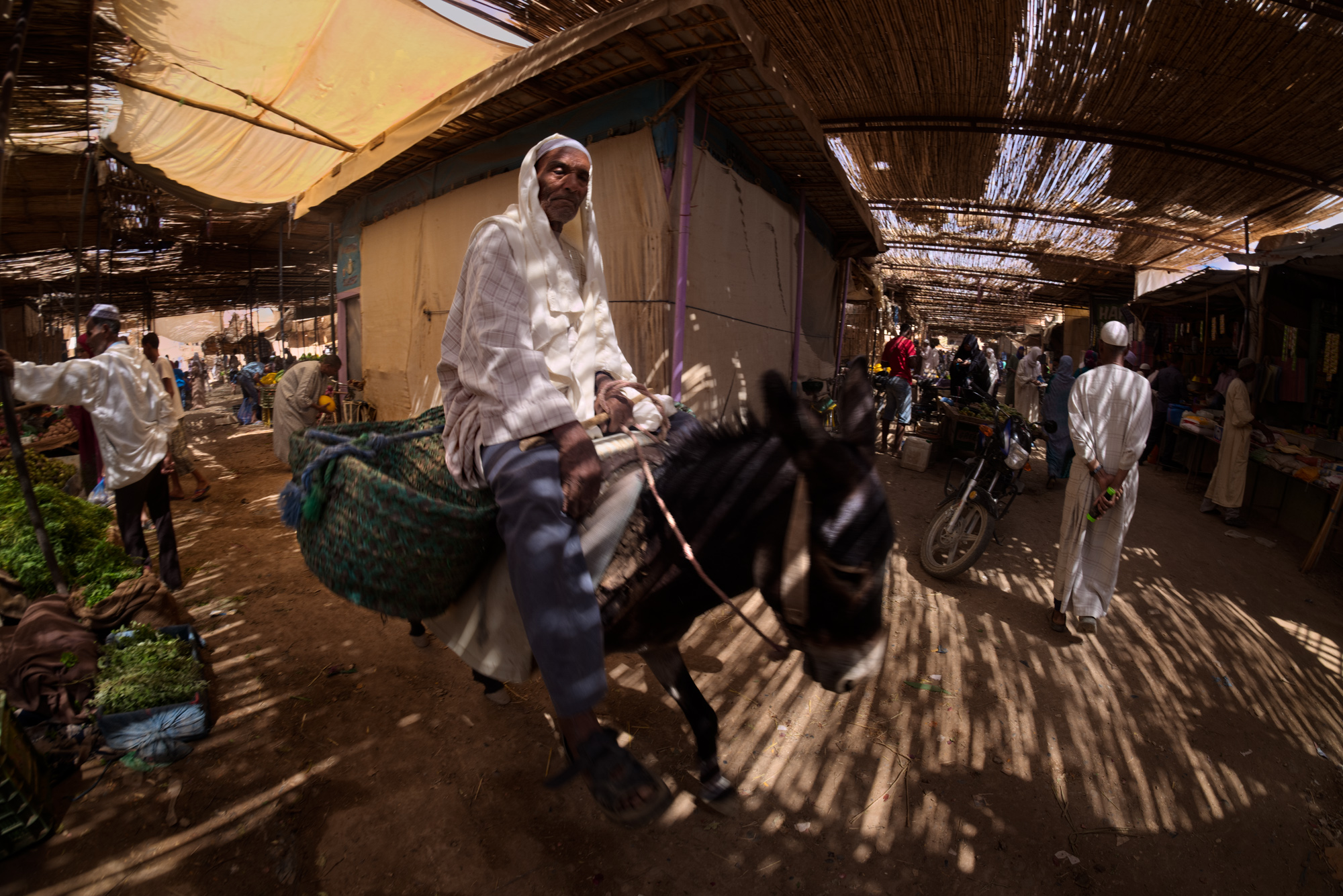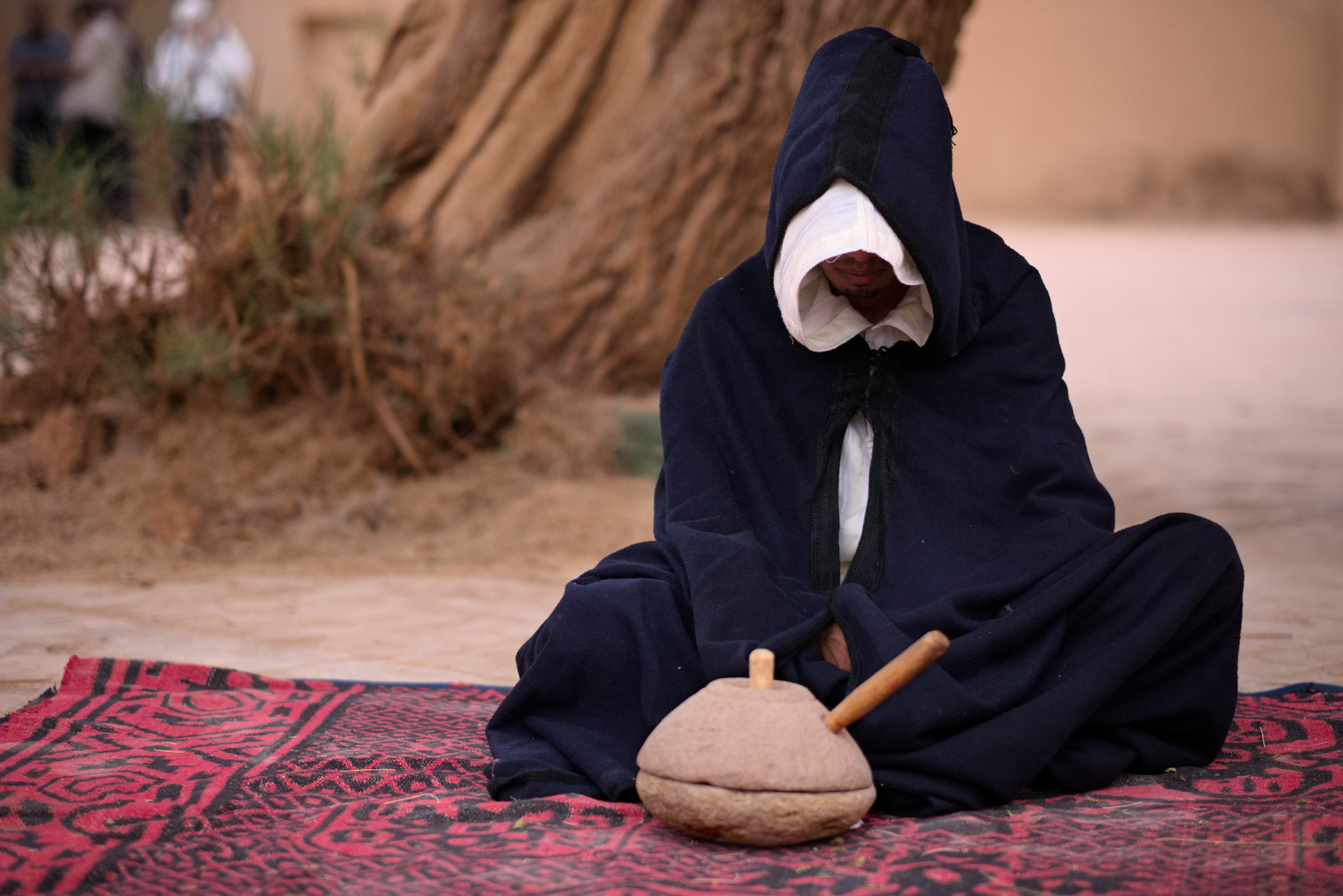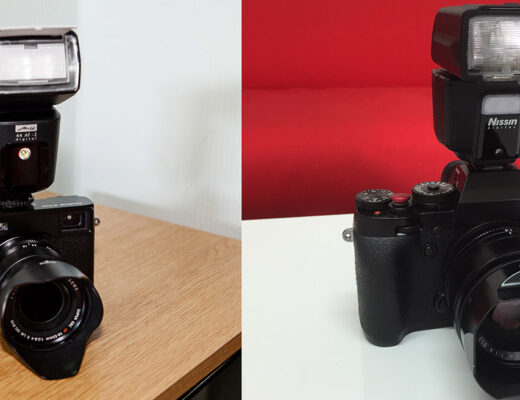Last year in July I had the opportunity to attend the GPU biennial photography congress in Morocco. The heading of this article does not refer to the amount of money the trip cost me, but rather about my battery usage! Let me explain.
Morocco is a country in the Maghreb region of North Africa and is separated from Spain (in Europe) by a 14.3 kilometre stretch of sea called the Strait of Gibraltar. The Strait of Gibraltar is a narrow strait that connects the Atlantic Ocean to the Mediterranean Sea and separates Europe from Africa.
Being an African myself (from South Africa) I thought that it would be possible to take a direct flight from South Africa to Morocco, but I found the shortest route to be to fly via France to Morocco.
The Congress started in Marrakesh and after a few days of lectures and meetings we travelled to the Sahara desert for some pre-arranged photo opportunities.
Back to my Shoestring story….
My normal way of travel is to have a camera backpack (filled to the brim) as my carry-on luggage. Apart from all the camera gear, I also keep all the necessary extra things such as my battery chargers, my tablet and its docking station, a pair of socks and spare underpants in the backpack. So why on this trip I decided – at the last moment – to move my pack with all the chargers, wires, etcetera to my normal bag is beyond me!
Any case, as things go when you gamble with fate, this was then also the trip where my bag did not arrive with me in Morocco!
So there I am, all set to take photos, but no way to charge a battery (or even a phone for that matter)! I found two other people with Fujifilm cameras amongst the delegates, but only had the courage to ask one of them – Mari Hani, also from South Africa – to help me out by charging one battery every night for me.
Luckily, I’ve already investigated and optimised my battery usage and could put it to good use in this situation. I found that I could go a full day on one battery – with some to spare. Only on the last day I used a second battery. But then again, on that day we started before sunrise and ended at midnight – a very full day indeed.
Here is how I optimise my battery usage (some of them may only be based on my own ungrounded beliefs, but at least it gave me comfort on the trip):
- Switch off “photo preview after shot” – this is the first and most obvious one.
- Don’t chimp – a natural follow through from the first one. I know this is difficult in our digital age, but having a Fujifilm camera with an EVF, there is actually no reason to do this, it is just a bad habit from the old DSLR days. With the life histogram, exposure and white balance preview in the EVF, you know exactly how the photo will look before pressing the button, no need to look afterwards.
- Select the “EVF Only with eye sensor” mode – this is a further extension of the first one. I do not know if this is actually saving battery power, but I guess the smaller EVF (smaller than the back-screen) will use less power. That being said, I do sometimes use the tilt back-screen for very low angles, but for these situations, I quickly switch the view to the back screen to take the photo and then switch back to the EVF when finished.
- Turn the camera off when not using. And here I actually mean between shots when walking in the streets. I find the start-up time of the Fujifilm even faster than the wakeup sequence (many people complain about the wakeup sequence in any case). My finger has a natural rest place on the on-off-switch. When I remove the camera from my eye, the finger flips the switch, and when I lift the camera to my eyes, my finger automatically flips it to on again.
- If you do not like the on/off idea, then at least change the sleep mode timer to the shortest possible time.
- Turn sensor cleaning off. If you plan to teach your finger to switch the camera off between shots, then it makes sense to also switch off the sensor cleaning feature, as it is most likely a big contributor to a slower start-up time, not to mention the battery draining. For good measure, I do an image cleaning routine before and after changing a lens.
- Do NOT switch the High Performance mode on. Everybody tells you to switch it on because it has two very important features, namely, faster autofocus and faster start-up time. In the user manual they do not specify how much faster the camera will switch on in high performance mode. In my own tests I could hardly see any noticeable difference – it is most likely the difference between 100 and 200 milliseconds, or something similarly insignificant. It could also be that all my other settings contribute to the lesser effect of the high performance mode during start-up!
- Turn AF-Assist light off. This is in any case only of use in really dark situations, and also only in close focus situations. If you suffer to get focus, do a manual focus adjust – the focus assist features (I use the focus peak method) in the EVF is so good that you really do not have anything to worry about!
The following two optimisation tips are more controversial, and I do not expect many people to follow my guidance here. Remember that I am from the old school and I photographed for many years (more than 25 years) without these two relatively new technologies.
- Turn OIS off. OIS is one of the most battery hungry features of modern photography, and one of the least understood influences on your final image. (Let’s leave the influence of OIS on the quality of your bokeh for a separate article). Before switching it off, make sure you understand when to switch it on again. The interesting fact is that we did take sharp photos in the BOIS days (Before OIS). We used the “1/F rule”. This rule states that the longest shutter speed you can handhold a 35mm camera, with careful technique but without a tripod or other support – without introducing camera motion blur – is about one second divided by the focal length of the lens (in millimetres). An example would be that you could most likely handhold a 200mm lens at 1/200th of a second shutter speed without introducing camera shake blur. Remember that this rule was created in the film days, so nowadays, if you are using a crop sensor, you need to take this into account. For my Fujifilm camera, I would just multiply the focal length by 1.5 before applying the 1/F rule. Therefore, in the above example I would be able to handhold a 200mm lens at 1/350th of a second without introducing camera shake.
- Switch to Manual Focus. With most digital SLR cameras, you have the option to disable the autofocus-half-shutter-press feature and then assign the autofocus function to another button – normally the AF-L button. It is known as the back button focus setup. The Fujifilm system introduced a very interesting feature that is missing on most other camera systems: When you switch the camera to Manual focus, you can still use the AF-L button to do a quick autofocus. This, in essence, gives you the same feature as the DLSR back button focus. I call it the “Autofocus on demand” setup. My camera is almost always on manual focus, however, I very seldom really turn the focus ring on the lens to focus. Obviously, when you are photographing fast moving action, you want to switch to the very capable modern autofocus system. I guess that at least 60% of the cost of the camera goes into the R&D of the autofocus system, so when the situation requires it, you better us it!
On the fourth day of the trip I received an SMS that my bag was found and that it was waiting for me on the Marrakesh airport. We were unfortunately already on our way to the desert and I only had the opportunity to pick it up on my way back to South Africa.



























